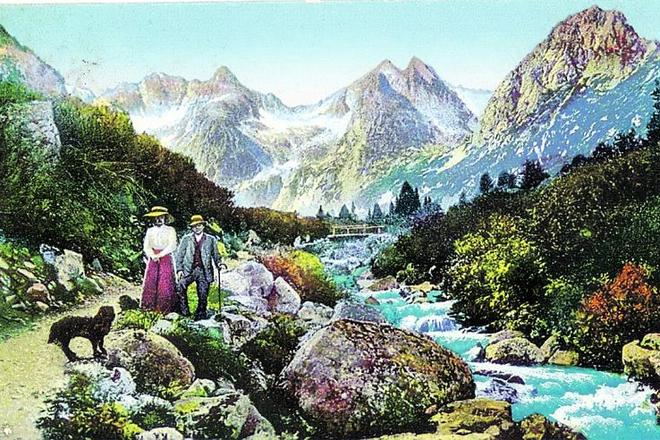IN THIS lovely postcard from the time of the Austro-Hungarian monarchy, we can see a valley with an equally lovely name: the Valley of Biela Voda (White Water). The name probably comes from the powerful stream that flows through it.
It is not clear who was the first tourist to enter the valley. Very probably, it was a student or professor from the lyceum in Kežmarok. One of the first recorded trips was made on June 11, 1565, and it ended in tragedy for the main protagonist, a woman.
Countess Beáta had a noble origin and vast fortune. After her first husband died, she married the owner of Kežmarok Castle, the Polish nobleman Albert Lasky.
The countess, who was much older than her husband, was enchanted by the Tatras; and assisted by Kežmarok’s professors, she decided to make it into the high mountains.
However, after returning from the trip, Countess Beáta was imprisoned by her husband, who claimed that a woman should not undertake any travel without her man, a prejudice widely held at the time. In fact, this was just a pretext for him to take possession of her property. She spent six years locked up. Several days after she was freed by the castle’s new owner, Ján Reuber, she died from the mental and physical strain.
Today, the walk to Zelené pleso ranks among the easier, but more beautiful trips tourists can make in the Tatras.


